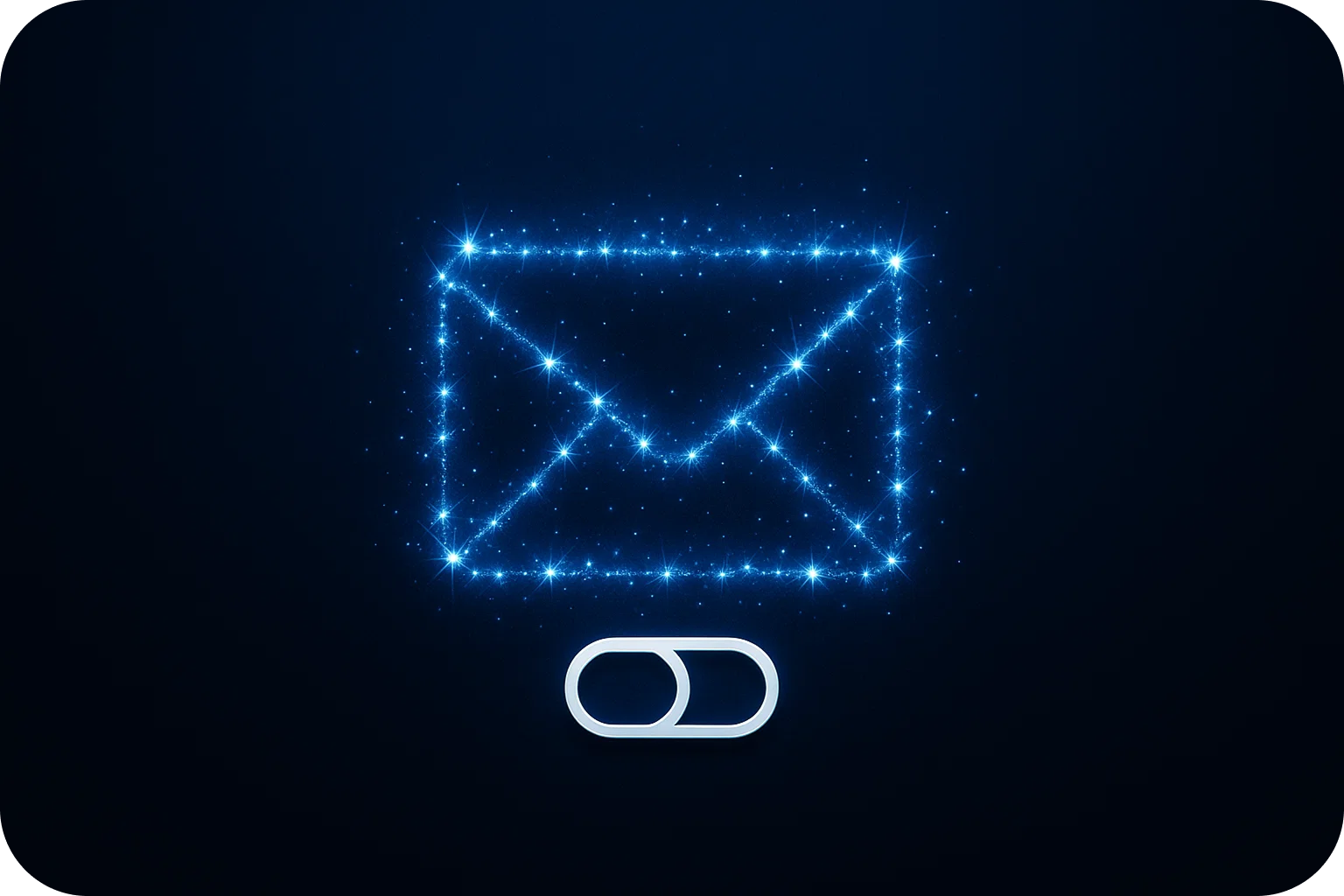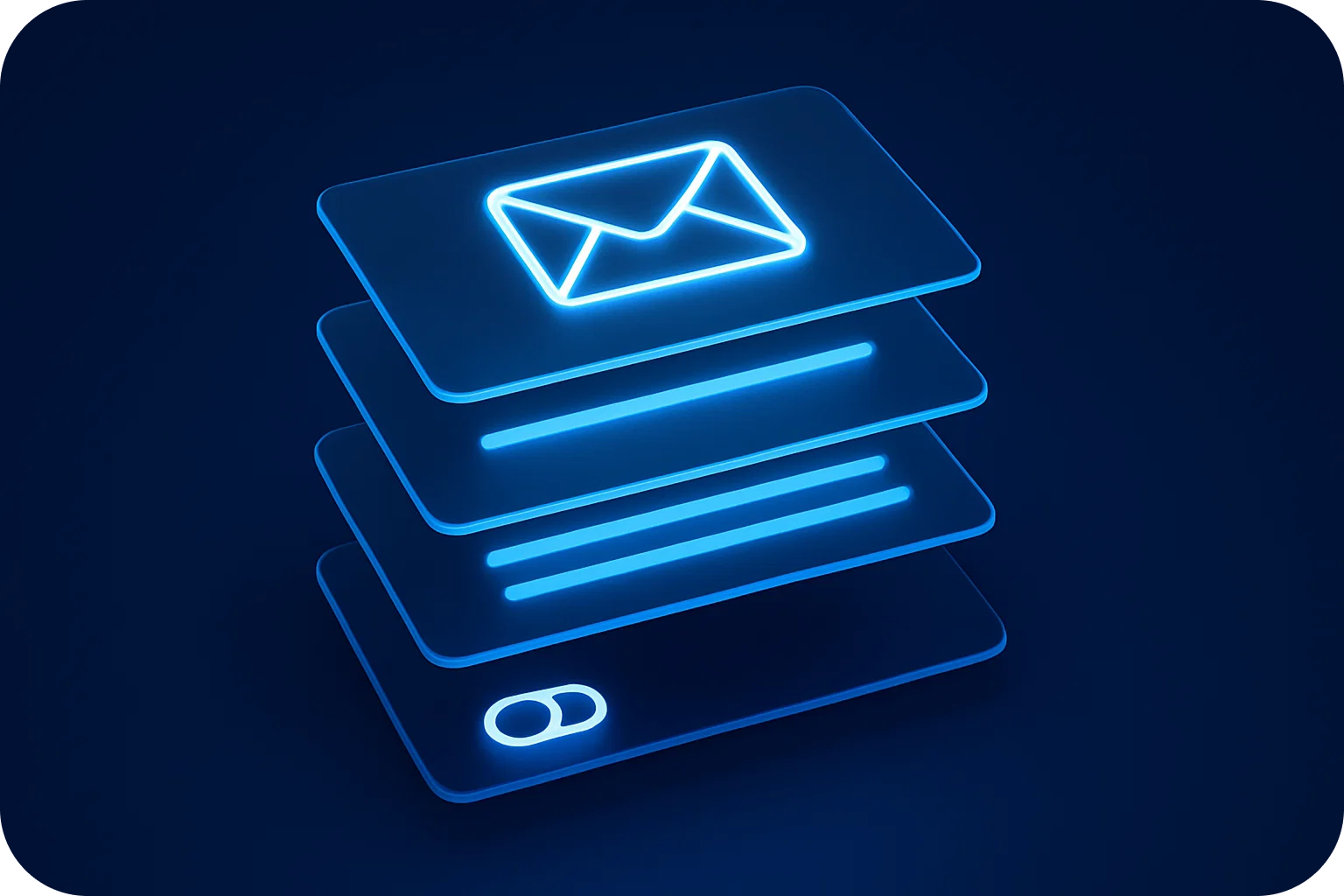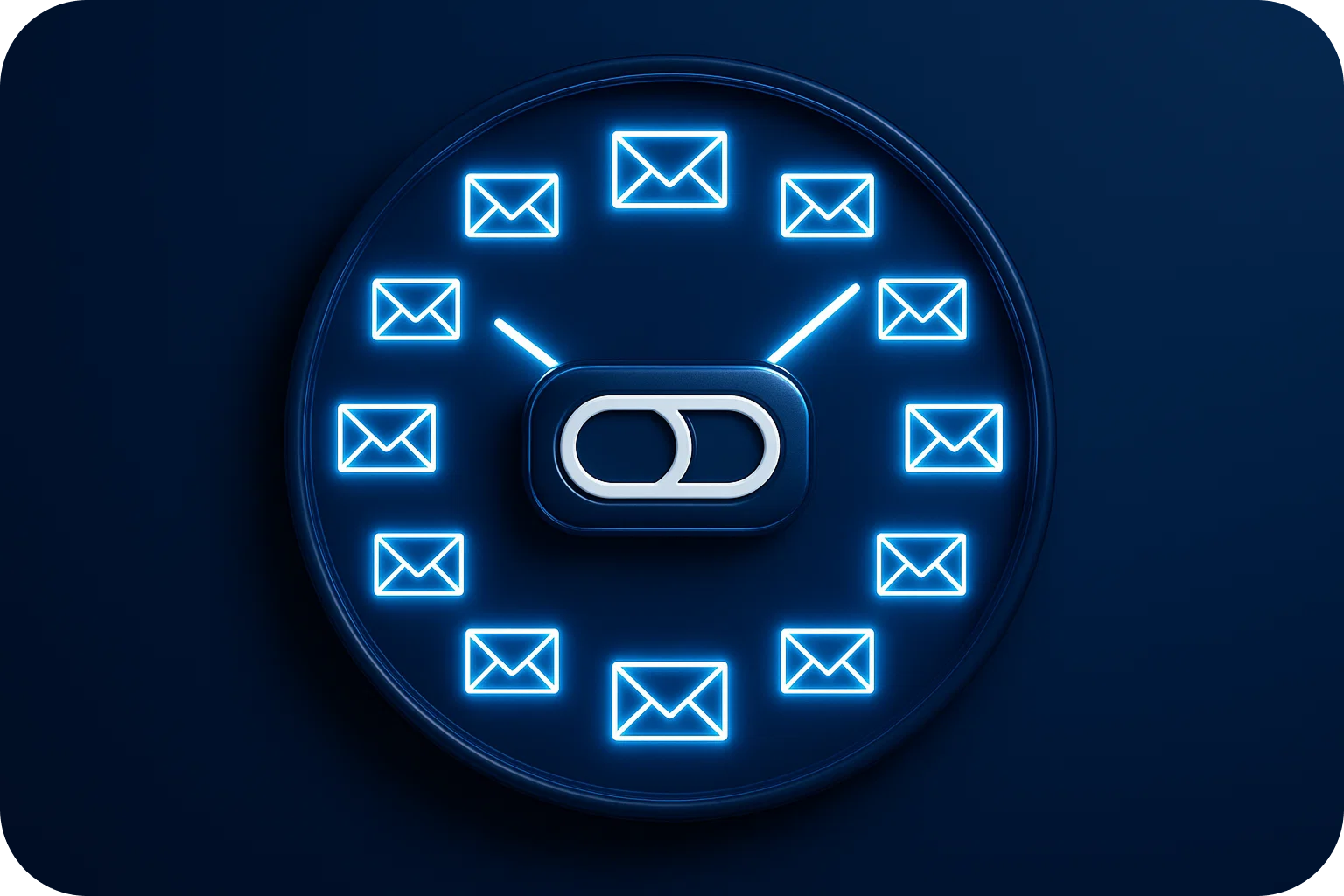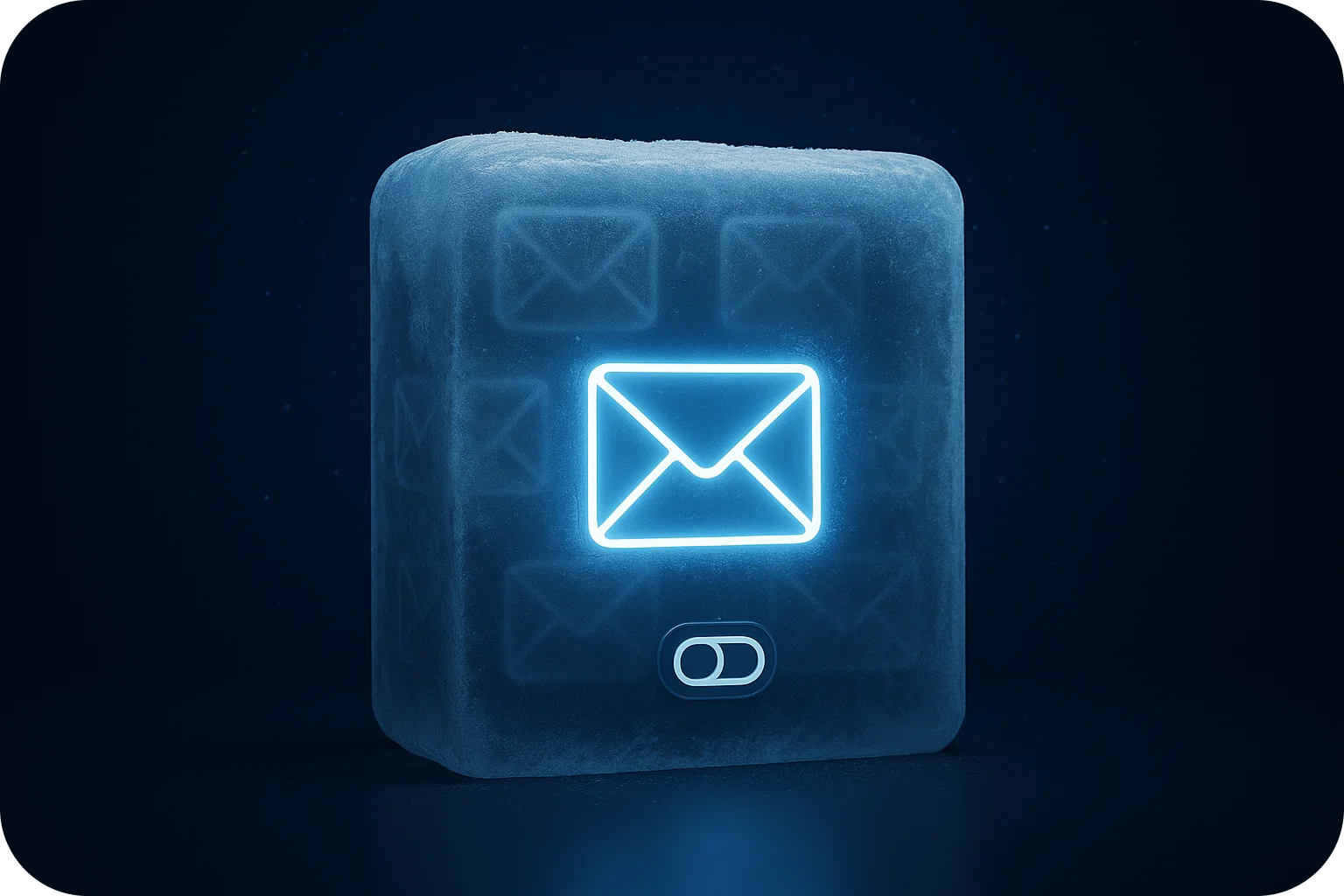The Cold Email Storytelling Framework: Narratives That Convert Skeptics Into Customers

Cold emails land in inboxes every day, most destined for the trash folder within seconds. The difference between deletion and conversion often comes down to one element: storytelling. When you master the art of narrative in your cold email writing, you transform skeptical prospects into engaged customers who actually want to hear from you.
Why Storytelling Transforms Cold Email Response Rates
Traditional cold emails focus on features, benefits, and calls-to-action. They're logical, structured, and forgettable. Stories, however, activate different parts of the brain. They create emotional connections, build trust, and make your message memorable in a sea of generic outreach.
Research shows that stories are up to 22 times more memorable than facts alone. In email copywriting, this translates directly to higher open rates, better engagement, and ultimately, more conversions. When prospects see themselves in your narrative, skepticism dissolves into curiosity.
The Three-Act Structure for Cold Emails
The most effective cold email storytelling follows a simplified three-act structure that respects your prospect's time while delivering maximum impact.
Act One: The Relatable Problem
Start with a scenario your prospect immediately recognizes. This isn't about your product—it's about their world. Paint a picture of the frustration, challenge, or missed opportunity they're experiencing right now.
Example opening: "Last quarter, a sales director at a SaaS company told me something that stuck with me. Despite sending 500+ cold emails weekly, their team was getting less than 2% response rates. The problem wasn't effort—it was deliverability."
This opening works because it establishes credibility through a real scenario while immediately addressing a pain point your prospect likely shares.
Act Two: The Transformation
Here's where you introduce the turning point. Show how someone similar to your prospect discovered a solution and what changed as a result. This is your opportunity to naturally weave in your value proposition without making it feel like a sales pitch.
Keep this section focused on the journey and results, not technical specifications. Your prospect needs to see the transformation before they care about the mechanism.
Example continuation: "They switched their entire cold email infrastructure to a deliverability-focused platform. Within three weeks, their emails started landing in primary inboxes instead of spam folders. Response rates jumped to 18%—and they were reaching 10x more prospects with the same team size."
Act Three: The Invitation
End with a clear, low-pressure invitation that feels like the natural next step in the story. You've created curiosity and demonstrated value, now make it easy for them to take action.
Example close: "I'm not sure if deliverability is holding back your outreach efforts, but if you're curious how companies are scaling their cold email 100x while maintaining 98% inbox placement, I'd be happy to show you what's working. Worth a 10-minute conversation?"
The Four Essential Story Elements for Email Copywriting
Every high-converting cold email story needs these four components:
1. Specificity Over Generalization
Vague stories don't resonate. Instead of "many companies struggle with email," say "a 50-person tech startup was burning $15K monthly on email tools that weren't delivering results." Specific details make stories believable and relatable.
2. Emotional Resonance
Connect with the feelings your prospect experiences: frustration with wasted time, anxiety about missing quota, excitement about growth potential. Emotional resonance is what makes prospects stop scrolling and start reading.
3. Credible Proof Points
Weave in metrics, timeframes, and outcomes that demonstrate real results. "Increased response rates" is weak. "Went from 2% to 18% response rates in three weeks" is compelling because it's measurable and time-bound.
4. Clear Relevance
Your prospect should immediately understand why this story matters to them. The connection between your narrative and their situation should be obvious within the first two sentences.
Advanced Storytelling Techniques for Higher Response Rates
Once you've mastered the basics, these advanced techniques will elevate your cold email writing:
The "Before-After-Bridge" Framework
Structure your story to show the before state (problem), after state (solution), and bridge (how to get there). This framework naturally guides prospects toward your offer while maintaining narrative flow.
Pattern Interruption Openings
Start with an unexpected statement or question that breaks the pattern of typical cold emails. "I'm going to guess you delete 90% of cold emails without reading them. I would too." This honesty creates immediate engagement.
The Borrowed Authority Story
Reference a recognizable company or industry leader who faced a similar challenge. "When Salesforce was scaling their outreach..." This technique borrows credibility while telling a relevant story.
Micro-Stories in Subject Lines
Your subject line is the first story element prospects see. Instead of "Improve your email deliverability," try "How a 10-person team reached 50K prospects monthly." The narrative begins before the email even opens.
Common Storytelling Mistakes That Kill Response Rates
Even experienced email copywriters make these narrative errors:
Making yourself the hero. Your prospect is the hero of this story. You're the guide helping them succeed. When you center the narrative on your company's achievements rather than customer transformations, engagement drops.
Overcomplicating the plot. Cold emails aren't novels. One clear story with a single transformation is more effective than multiple narratives competing for attention.
Forgetting the call-to-action. A great story without a clear next step wastes the engagement you've built. Always close with a specific, low-friction invitation.
Using generic scenarios. "Imagine if you could increase sales..." is not storytelling. Real stories have real characters, specific situations, and concrete outcomes.
Testing and Optimizing Your Story-Driven Cold Emails
The most effective cold email storytelling evolves through testing. Track these metrics to refine your narratives:
- Open rates indicate whether your subject line story hooks attention
- Reply rates show if your narrative resonates with prospects
- Meeting booking rates reveal if your story drives action
- Unsubscribe rates signal if your story feels manipulative rather than helpful
Test different story angles with audience segments. A narrative about scaling challenges might resonate with enterprise prospects, while a story about quick implementation wins with startups.
Implementing the Framework Today
Start by identifying three customer transformation stories from your existing client base. Document the specific problem they faced, the measurable results they achieved, and the timeframe for that transformation.
Next, map these stories to different prospect segments. A lead generation agency needs different narratives than an enterprise sales team, even if they're using the same solution.
Finally, craft three cold email variations using the three-act structure. Test them against your current approach and measure the difference in response rates.
The Long-Term Value of Narrative-Driven Outreach
When you consistently use storytelling in your cold email writing, you're not just improving immediate response rates. You're building a reputation as someone who understands your prospects' challenges and communicates in a way that respects their time and intelligence.
Prospects who engage with story-driven emails become better-qualified leads. They've already connected emotionally with your message and can envision themselves experiencing similar transformations. This means shorter sales cycles and higher conversion rates throughout your funnel.
The cold email landscape continues to evolve, but human psychology remains constant. We're wired to respond to stories. When you harness that fundamental truth in your email copywriting, you transform cold outreach from an interruption into a welcome conversation.
Your prospects are skeptical for good reason, they're bombarded with generic pitches daily. Break through that skepticism with narratives that demonstrate understanding, build trust, and show clear paths to the outcomes they're seeking. That's how cold emails stop being cold and start converting.
More articles
Get started now




%201.png)




.png)
